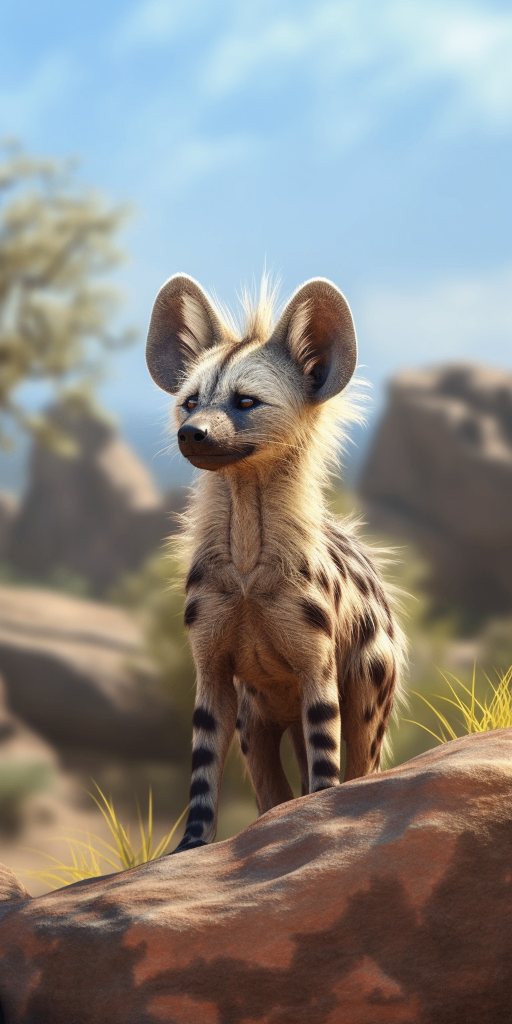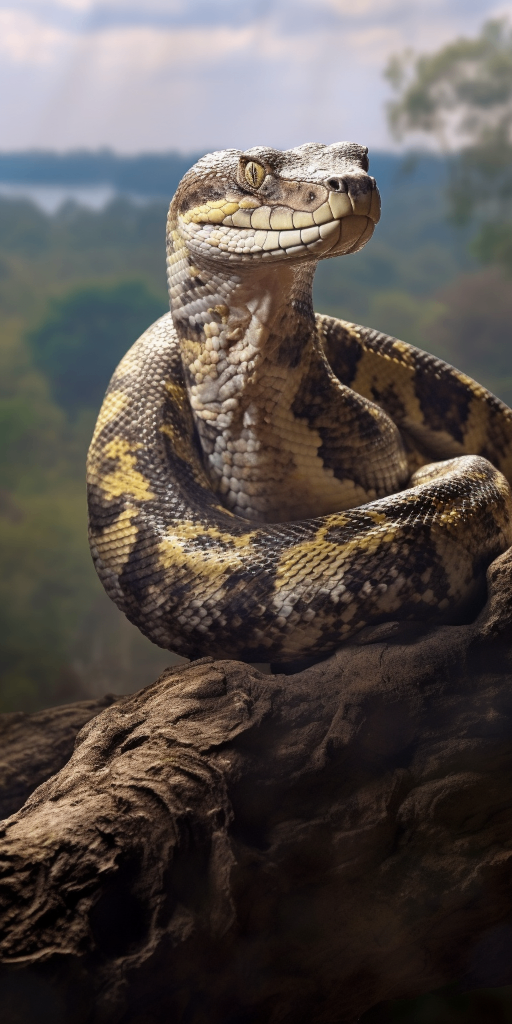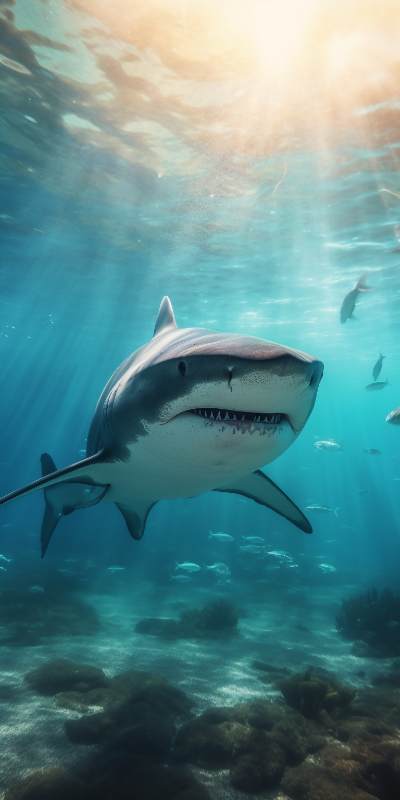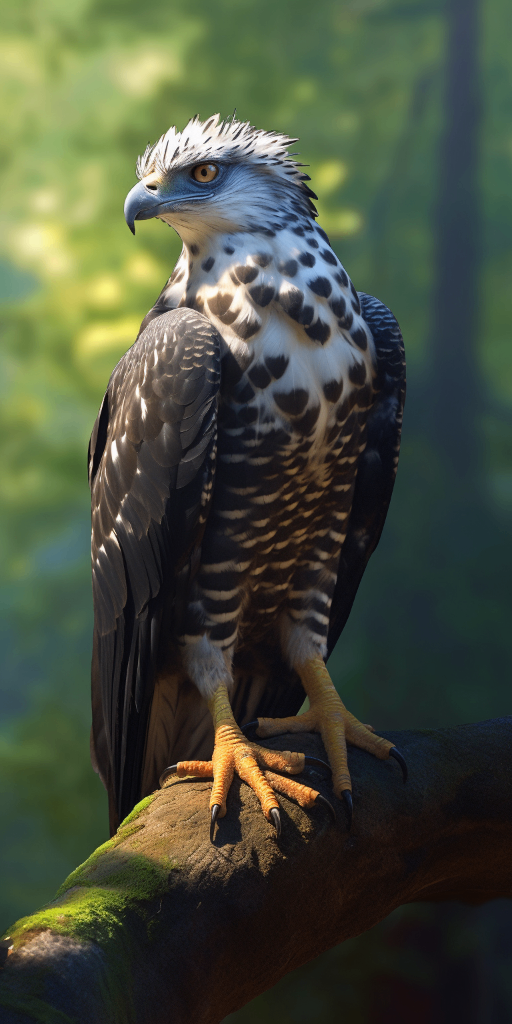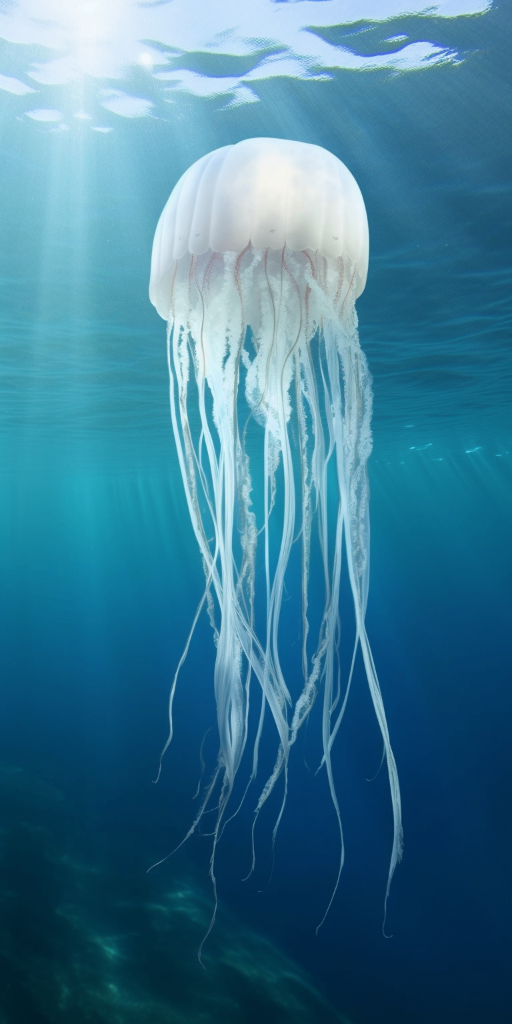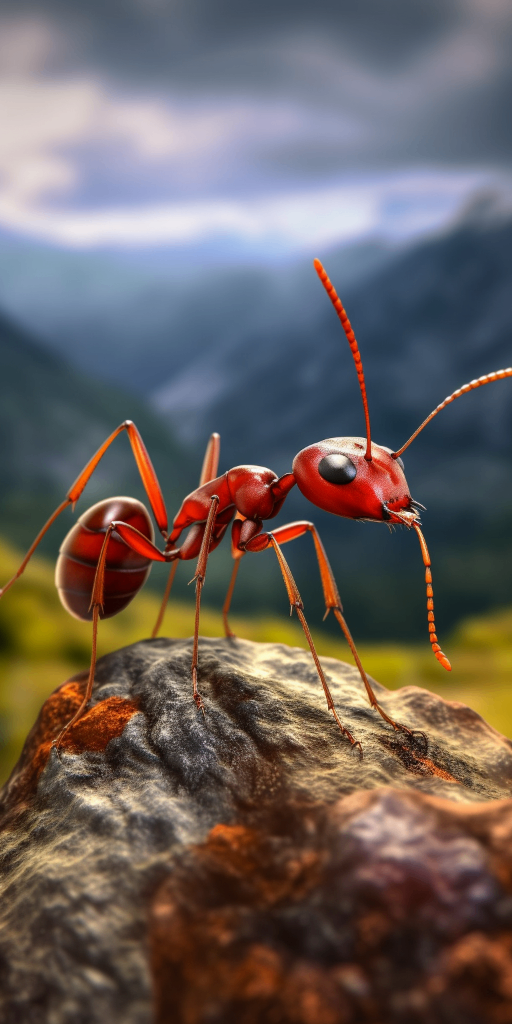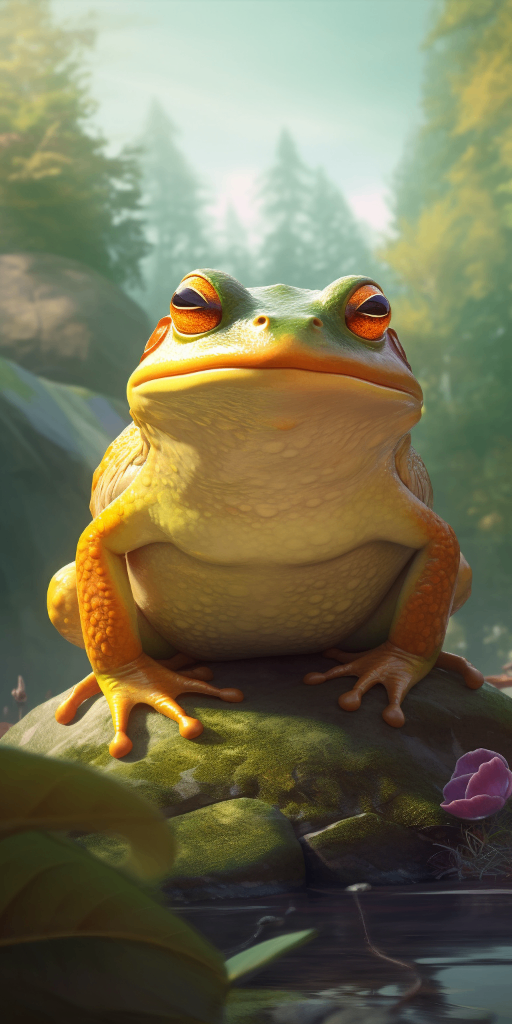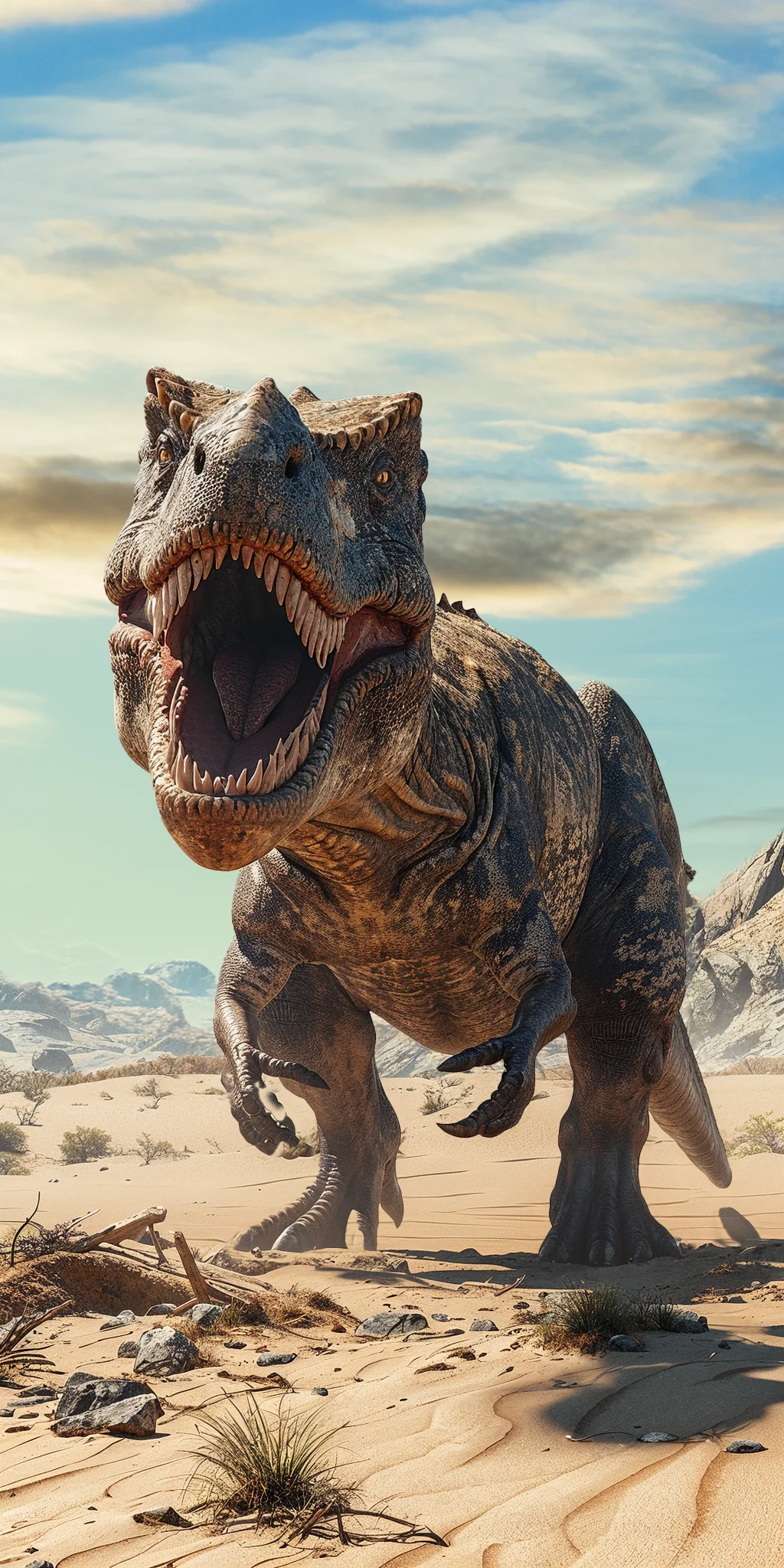The Cape Cobra
The Cape Cobra, also known as the yellow cobra, is a venomous snake found in southern Africa. It is distinguishable by its characteristic yellow coloration, slender body, and hood that it can expand when threatened. This snake is highly venomous and poses a risk to humans.
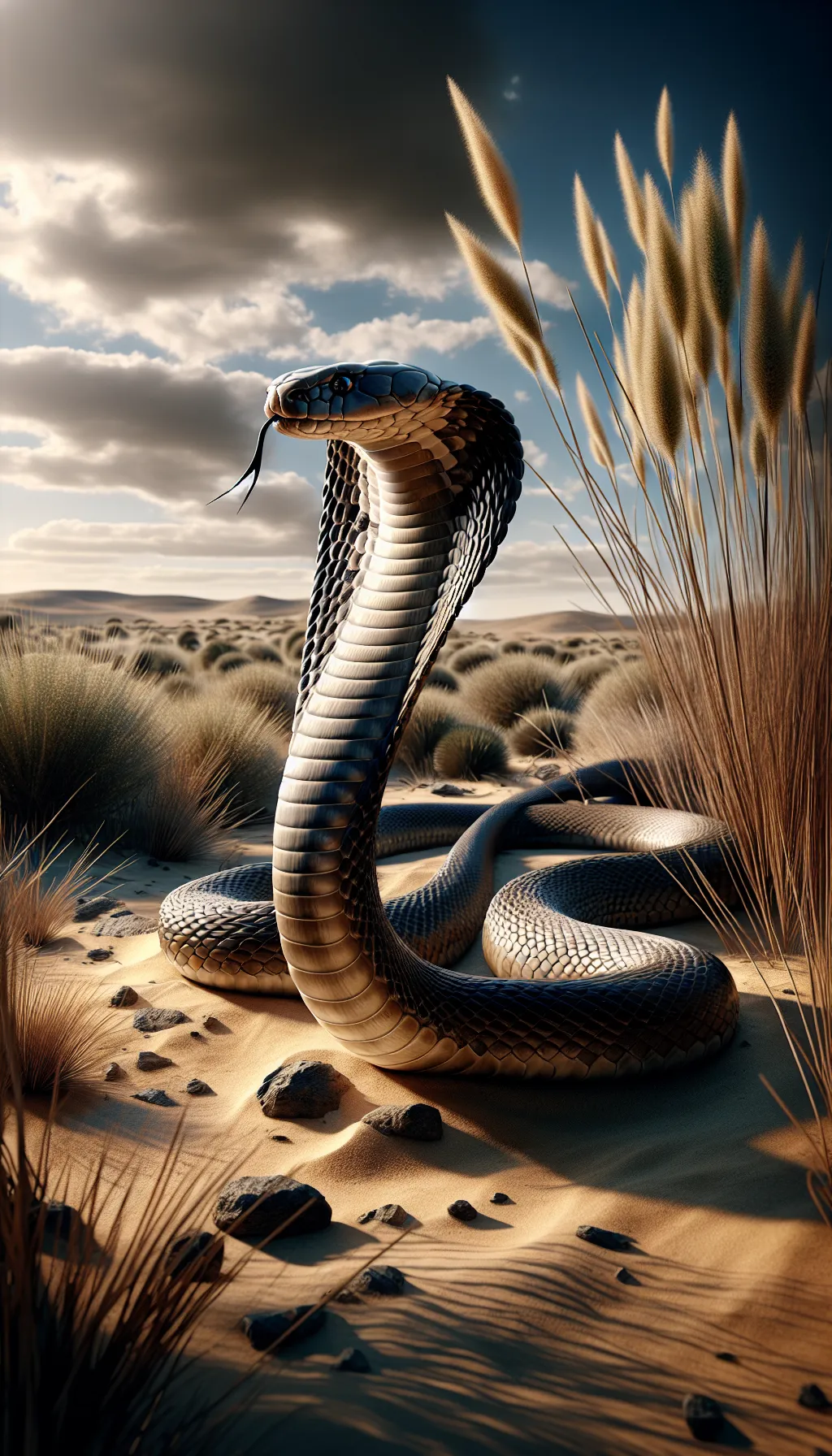
| Cape Cobra | |
|---|---|
| Size | Up to 5 feet (1.5 meters) |
| Weight | Up to 2.2 pounds (1 kilogram) |
| Speed | 6mph-8mph (10km/h-13km/h) |
| Key Strength | Quick movements and venomous bite |
| Biggest Weakness | Limited defense against larger predators |
| Scientific Name | Naja nivea |
| Family | Elapidae |
| Habitat | Desert and semi-desert regions |
| Geography | Southern Africa |
| Diet | Small mammals, birds, and reptiles |
| Lifespan | 12 years - 20 years |

The Cape Cobra
The Cape Cobra, also known as the yellow cobra, is a venomous snake found in southern Africa. It is distinguishable by its characteristic yellow coloration, slender body, and hood that it can expand when threatened. This snake is highly venomous and poses a risk to humans.
Fun Fact: The Cape Cobra is known for its highly toxic neurotoxic venom, which can cause paralysis and respiratory failure in its prey.
| Cape Cobra | |
|---|---|
| Size | Up to 5 feet (1.5 meters) |
| Weight | Up to 2.2 pounds (1 kilogram) |
| Speed | 6mph-8mph (10km/h-13km/h) |
| Key Strength | Quick movements and venomous bite |
| Biggest Weakness | Limited defense against larger predators |
| Scientific Name | Naja nivea |
| Family | Elapidae |
| Habitat | Desert and semi-desert regions |
| Geography | Southern Africa |
| Diet | Small mammals, birds, and reptiles |
| Lifespan | 12 years - 20 years |
Cape Cobra Matchups
We use AI to simulate matchups between the Cape Cobra and other animals. Our simulation considers size, strength, and natural predatory behaviors to determine the most likely outcome.
Cape Cobra: Diet, Predators, Aggression, and Defensive Behaviors
What do Cape Cobras eat?
Cape Cobras primarily feed on small mammals such as rodents, as well as birds, lizards, and even other snakes. They are highly skilled hunters and use their venom to quickly subdue their prey.
Do Cape Cobras have any predators?
While adult Cape Cobras do not have any significant natural predators due to their venomous bite, young cobras may fall victim to birds of prey, large predatory mammals, and other snakes.
Are Cape Cobras aggressive?
Cape Cobras are known to be highly aggressive when they feel threatened or cornered. They will often raise their hoods, hiss loudly, and strike repeatedly if they perceive a threat.
Do Cape Cobras fight with other snakes?
Cape Cobras are solitary snakes and do not typically engage in fights with other snakes unless it is for competition over territory or mating rights. In such cases, they may engage in combat by intertwining their bodies and attempting to pin down their opponent.
How do Cape Cobras defend themselves?
Cape Cobras have several defense mechanisms to protect themselves from predators or threats. They can rear up and expand their hoods to appear larger and more intimidating, they will hiss loudly to warn potential threats, and as a last resort, they will deliver a potent venomous bite.
What is Cape Cobras biggest weakness in a fight?
The Cape Cobra's biggest weakness in a fight is its relatively small size compared to some of its potential predators, such as large birds of prey or predatory mammals. While their venom can be deadly, they must first deliver an effective bite to subdue their opponent, which can be challenging if they are outnumbered or facing a larger foe.
Fun Fact: Despite their venomous nature, Cape Cobras are actually shy and elusive animals that will generally try to avoid confrontation with humans.
Fun Fact: Cape Cobras are skilled climbers and can often be found hiding in trees or shrubs, waiting to ambush their prey from above.



